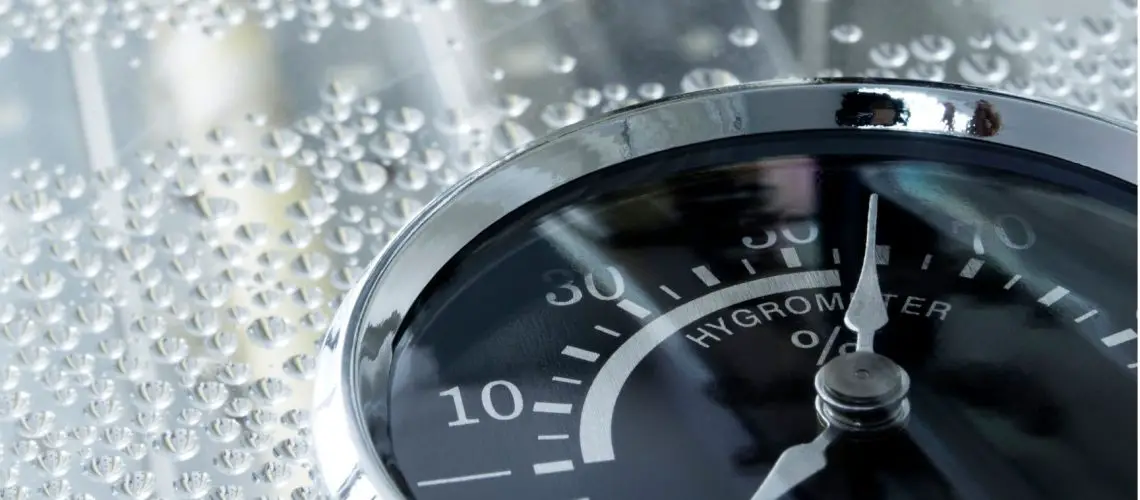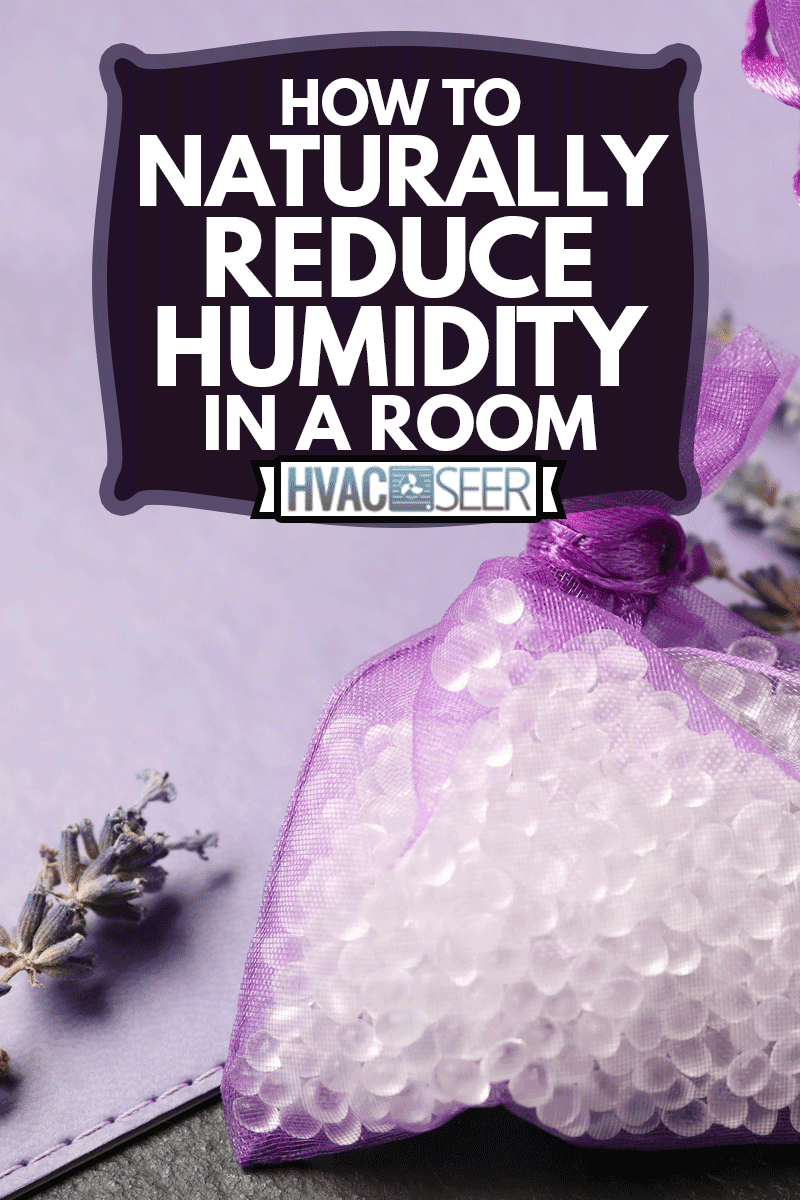Table Of Content
- Solved! These Are the 8 Telltale Signs of Mold in the House
- What is the Ideal Indoor Humidity Level in Summer?
- How Can You Lower Your Home’s Humidity Levels? (4 Tips)
- Recirculate air with your HVAC system
- What Is the Ideal Humidity Level For Your Home?
- Solved! How Long Does it Take for Carpet to Dry After Cleaning?

Adding water-repelling insulation will minimize this problem. When it’s frigid outside, the EPA recommends a lower indoor humidity (15-30%) to avoid moisture condensing and adversely affecting your home. You can measure indoor humidity with an inexpensive, portable hygrometer. Read our reviews here, as these will help you find an affordable and accurate model. When air is high in humidity, it can make you feel like you choke on every breath.
Solved! These Are the 8 Telltale Signs of Mold in the House
Most of us love steaming hot showers, but, unfortunately, they contribute to a humid environment. Leaky pipes, faucets, and roofs can introduce moisture into your home. Excessive moisture will raise the humidity level of your indoor air. The ideal indoor relative humidity is between 30% and 50%, but this doesn’t mean you must rush out and buy a humidifier if you’re reading 51% at specific points of the year.
Prepare now for summer heat, humidity - The Poultry Site
Prepare now for summer heat, humidity.
Posted: Wed, 16 Sep 2020 14:40:43 GMT [source]
What is the Ideal Indoor Humidity Level in Summer?
But even if outside humidity is about the same as indoor humidity, the movement of air inside will at least make it feel momentarily cooler. To naturally reduce humidity in a room, you can open windows. If humidity is a problem throughout your home, open windows on each side of the house to create a cross flow of air. But to get rid of humidity from the inside, you need a way for the damp air to get out. Remember to keep doors and windows closed for best results when using an air conditioner or dehumidifier.
How Can You Lower Your Home’s Humidity Levels? (4 Tips)
According to the United States Environmental Protection Agency (EPA), the ideal humidity level for your home is between 30% – 50% when the outdoor temperature is above freezing. Excessive humidity levels can lead to heat stroke and pneumonia if you are continuously exposed to it, not to mention how irritable being hot and sweaty will make you. High humidity can cause physical damage to your home through undesirable condensation on walls or windows, inviting airborne mold and bacteria to grow and multiply.
Switch from forced-air heat to a different heating method.
For extra high-humidity conditions, ventilating dehumidifiers are another option for simultaneous dehumidification with ventilation from a single product. Ventilation systems require careful attention to detail during the specification and installation process, so consult your local HVAC professional for assistance. Pricing varies by system type and installation requirements, but homeowners should expect to spend between $900 and $4,200 for a new ventilation system installed by a licensed professional. High humidity levels over prolonged periods will cause mildew and mold growth and can result in serious health issues.
Your home likely has a few different exhaust fans, and each should be used regularly to limit humidity. If it’s exceptionally humid outside, chances are it’s going to be muggy inside a home. The changing seasons and temperature can be significant factors for rising indoor humidity levels and the main culprit for an uncomfortable environment. Regular maintenance and attention to indoor humidity will ensure comfort and well-being throughout the colder months. Did you know you’re one of the main culprits behind those high moisture levels?

Recirculate air with your HVAC system
Before I can help my clients hone in on a comfortable humidity level, we need to measure the moisture in their indoor air. During your annual HVAC system maintenance visit, your technician will likely use specialized test instruments. Still, you can measure the relative humidity in your indoor air without breaking the bank on fancy gadgets. To manage the humidity in your home, take hold of the reins on the air that comes and goes.
Lowering indoor humidity can be simple, inexpensive, and eco-friendly. When you regularly keep up with the practice using a multi-pronged approach, you’ll likely enjoy the benefits of a healthy home environment all year. All around your home, on bookshelves, in corners, or under furniture, arrange bowls filled with hygroscopic (water-absorbing) non-toxic substances called desiccants. Unused kitty litter, Drierite (calcium sulfate), and silica gel will readily absorb and remove excess moisture from the air. Ideally, this strategy works best when it’s less humid outside.

Try These Expert-Approved Ways to Humidify Your Home and Combat Brutal Winter Air - CNET
Try These Expert-Approved Ways to Humidify Your Home and Combat Brutal Winter Air.
Posted: Wed, 08 Mar 2023 08:00:00 GMT [source]
In the winter, they transfer heat from the outside air to the inside of your home. But in all of the cases, insufficient HVAC leads to poor home ventilation—which then leads to a home that feels damp, stuffy, and gross. Our master bedroom is now the same temperature as the rest of the house…. I couldn’t be happier with the experience and would highly recommend Sealed.
Reducing humidity and using a dehumidifier to make a room feel cooler certainly helps when trying to beat the heat, but it will not actually do anything to lower the temperature in the room. Because of this, it is a good idea to couple a dehumidifier with some fans or air conditioning. "Warm air can progressively carry much more humidity compared to colder air. Humidity is also added by everyday activities in the house/space, cooking, showering, from plants, etc."
Anything that restricts airflow or causes your air conditioner to stop working is no friend to you. Too much moisture in the air makes you hot, uncomfortable, and can actually have a damaging effect on your home. We add to the humidity in our homes constantly from both breathing and everyday activities.
Dehumidifiers are the only items on this list that are specifically intended for de-humidification, so if this is the route you are choosing, it’s important to consider your options. With a lifelong fascination with HVAC mechanics and a mechanical engineering degree from Berkeley, Thomas Johnson boasts years of industry expertise. He founded AirComfortLab.com to fill the void of understandable and useful online information about complex HVAC systems. As the chief editor, Thomas strives to provide accurate and engaging content to help readers make informed HVAC decisions.

No comments:
Post a Comment